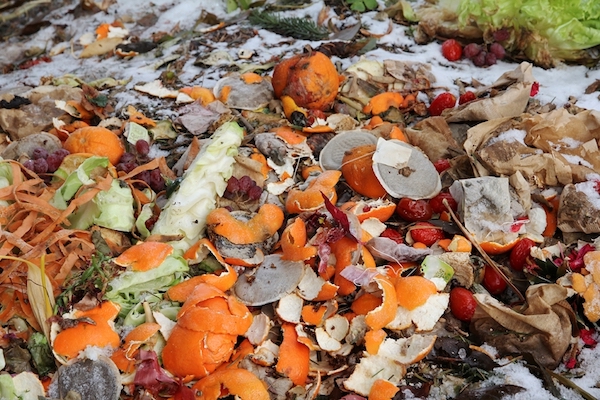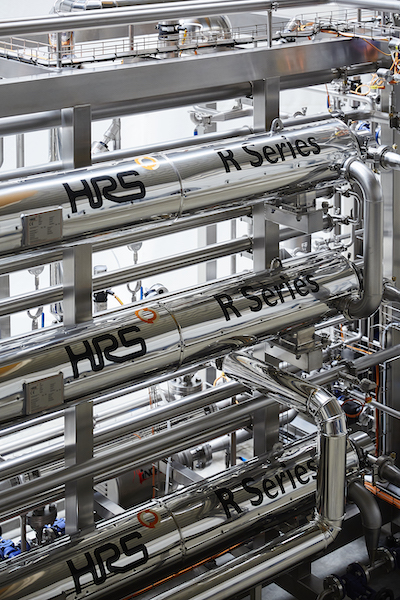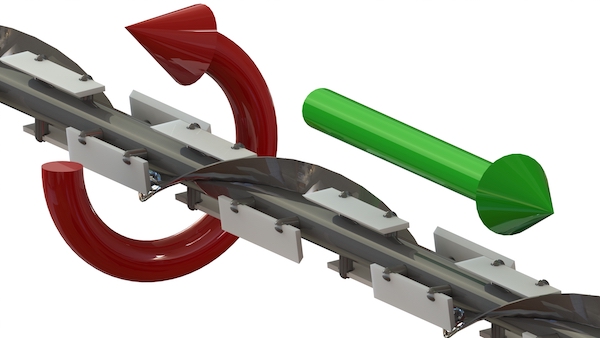Matt Hale
According to some estimates, over a third of all the food produced globally is wasted. The U.S. wastes about 80 billion pounds of food a year, of which 2% comes from manufacturing1. While not all of this material is edible, in terms of efficiency and reducing greenhouse gas (GHG) emissions, prevention of this waste is preferable to other methods such as food redistribution or use as animal feed, or recycling, energy generation or disposal via anaerobic digestion, composting, incineration or landfill.
Waste food also has significant financial costs for businesses. Not only does the raw material have a cost, but additional costs are associated with the redistribution or disposal of waste food products. Below are some key areas to consider include.

Improve Packaging
Good quality packaging improves the shelf life of food and therefore reduces waste in the distribution chain and in households. However, there is increasingly a balance between reducing the use of plastics and non-recyclable materials, while increasing product shelf life (wrapping cucumbers in plastic is a classic example). Choosing the right packaging during the manufacturing process can improve shelf life and reduce handling, improving efficiencies and reducing waste.
Improve Forecasting
Inaccurate forecasting can mean you waste raw materials and ingredients. Don’t assume that you need to produce a certain number of products unless you have clear evidence for such demand (such as agreed orders or demand modelling). Ordering enough ingredients to produce a certain volume of product but actually producing less, is one of the biggest sources of waste in food businesses, particularly when using fresh or perishable ingredients.
Measure and Plan
Without measuring waste, you can’t tell if you are reducing it, or adequately calculate what it is costing you. Feeding this data into company-wide systems so that it can be analyzed centrally helps to identify areas of inefficiency and waste, allowing manufacturers to streamline processes and reduce waste.
Review Quality Control Systems
Quality control is vital to maintain standards and food safety, but there is a need to avoid overzealous standards which may result in ingredients which are perfectly usable being discarded. Likewise, under- or overcooking-food, or having unnecessary trimmings or off-cuts results in unnecessary waste.
As well as making sure that the quality standards and specifications being applied are appropriate for the product, it is also important to make sure that the processes used for quality assurance are operating correctly, whether that is calibrating equipment or training staff.
Involve Staff
As with other areas, staff awareness, education and involvement play a huge role in minimizing waste. Employees should be invested and committed to reducing waste and building it into company culture. As well as educating staff about the impacts of waste, they should be encouraged to take part in a full dialogue as employees often have useful insights.
Improve ‘Disposal’ of Unavoidable Waste
Even with the best will in the world, some ‘waste’ is likely to be generated. This should be dealt with in a way which maximizes its usefulness or value. According to the food waste hierarchy, in order of preference these disposal options are:
- Redistribution to people
- Use for animal feed
- Anaerobic digestion
- Composting
- Incineration with energy recovery
- Incineration, landfill, or disposal via sewerage systems
It may also be possible to utilize certain products in novel ways, for example vegetable oils and animal by-products (ABPs) can be converted into biodiesel where facilities allow.
Use Technology to Reduce Waste During Production
New technology or equipment may help increase use, for example by recovering more usable protein from meat carcasses. Another option is to optimize existing production processes, particularly when it comes to production changes or cleaning-in-place (CIP).

For example, the HRS R Series of heat exchangers uses a scraper bar within the inner tube to enhance product flow, prevent fouling and minimize pressure drop. It has the unique feature that when configured correctly, the unit can be run in reverse, effectively emptying the heat exchanger tube(s) of product without damaging it or changing its characteristics, so it can be recovered and utilized.

Due to the amount of product saved, and the fact that it is often unnecessary to install additional product recovery systems, the R Series heat exchanger can be a more economic option than alternative systems which have lower capital costs.
